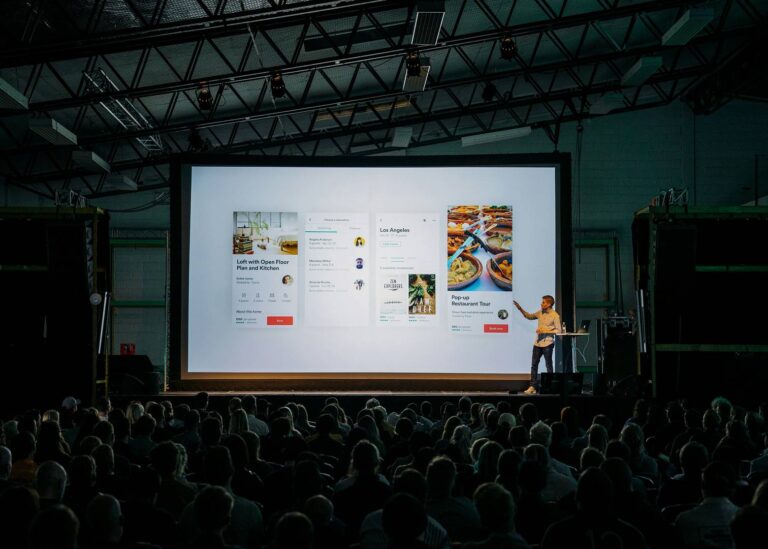For decades, the event badge has served one primary function: to answer the awkward, unspoken question, “Who are you and why are you here?” It’s a tool for identification, a formal label in a sea of strangers. But what if we flipped the script? What if, instead of being a passive identifier, the badge became an active catalyst for connection? In a world saturated with digital networks, the power of face-to-face interaction at events is more valuable than ever. Organizers are discovering that a small, thoughtful change to an attendee’s name tag can be the most effective icebreaker in the room, transforming a collection of individuals into a vibrant, interconnected community.
More Than a Name, It’s an Invitation
The standard badge format—name, title, company—is informative but sterile. It doesn’t invite engagement; it simply states facts. The community-building badge, however, adds a layer of personality. Imagine a badge that includes a space for an attendee to write their answer to a fun, event-themed question like, “What superpower would you bring to this industry?” or “The one topic I can talk about for hours is…”. Suddenly, every badge holder is equipped with a dozen easy conversation starters. This simple addition lowers the barrier to entry for networking, turning the dreaded “So, what do you do?” into a more genuine and memorable interaction. Premium event badges are a small tweak that empower even the most introverted attendees to connect on a more human level.
The Power of the Tribe
One of the fastest ways to build community is to highlight shared identities. This is where strategic design elements on badges come into play. Using color-coded lanyards, stickers, or icons to signify different tracks, industries, or areas of expertise allows attendees to quickly spot their “tribe.” Someone from the marketing track can instantly find a peer, or a first-time attendee can easily find a seasoned veteran designated by a special “Ambassador” ribbon. Some events have taken this even further with “social signaling” systems. Think color-coded dots or ribbons that attendees can add to their badges to indicate their networking style: green for “Open to chat with anyone,” yellow for “Here to listen and learn,” and red for “Busy, please approach later.” This gives attendees control over their interactions and creates an environment of mutual respect, fostering a sense of psychological safety that is crucial for genuine community to flourish.
Let the Games Begin
Who said networking has to feel like work? Gamification is a powerful tool for encouraging interaction, and the badge is the perfect game piece. By integrating simple games into the event experience, organizers can organically push people together. This could be a “Networking Bingo” where attendees need to find people who match certain criteria on their bingo card and get a signature on their badge. It could involve collecting unique stamps or stickers from exhibitors or speakers. More technologically advanced versions use QR codes or NFC chips embedded in the badges, allowing attendees to “tap” badges to exchange contact information or collect digital points, unlocking rewards or competing on a live leaderboard. These games transform networking from a daunting task into a fun, collaborative activity, creating shared experiences and inside jokes that bond people together.
Extending the Connection
A truly strong community doesn’t disband the moment the closing keynote ends. Modern badges can serve as a bridge between the physical event and the ongoing digital conversation. By printing a unique QR code on each badge, organizers can link attendees to a dedicated online forum, a private LinkedIn group, or a gallery of event photos. This extends the life of the community, giving people a platform to continue conversations, share resources, and maintain the connections they made. The badge ceases to be a disposable item and becomes a key—a tangible token that unlocks access to an ongoing network. It’s a final, crucial step in ensuring that the feeling of community built at the event has a lasting impact.
